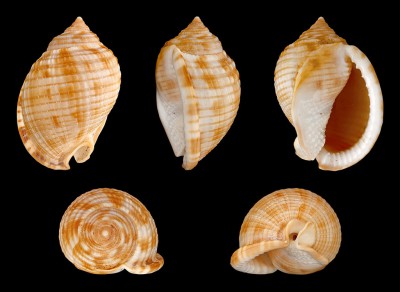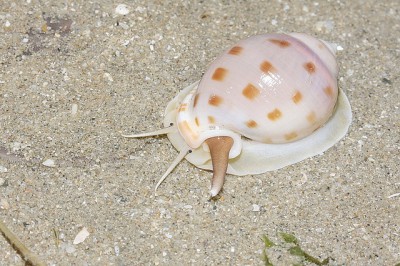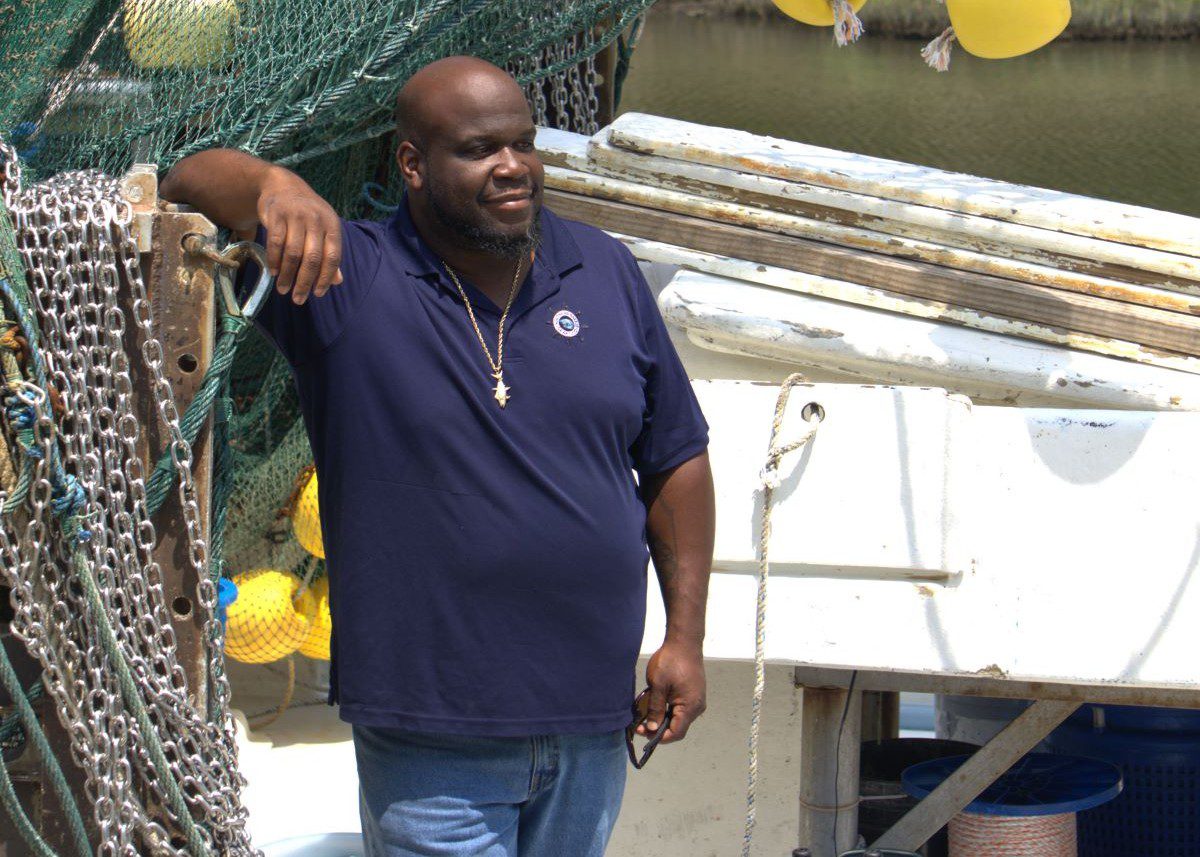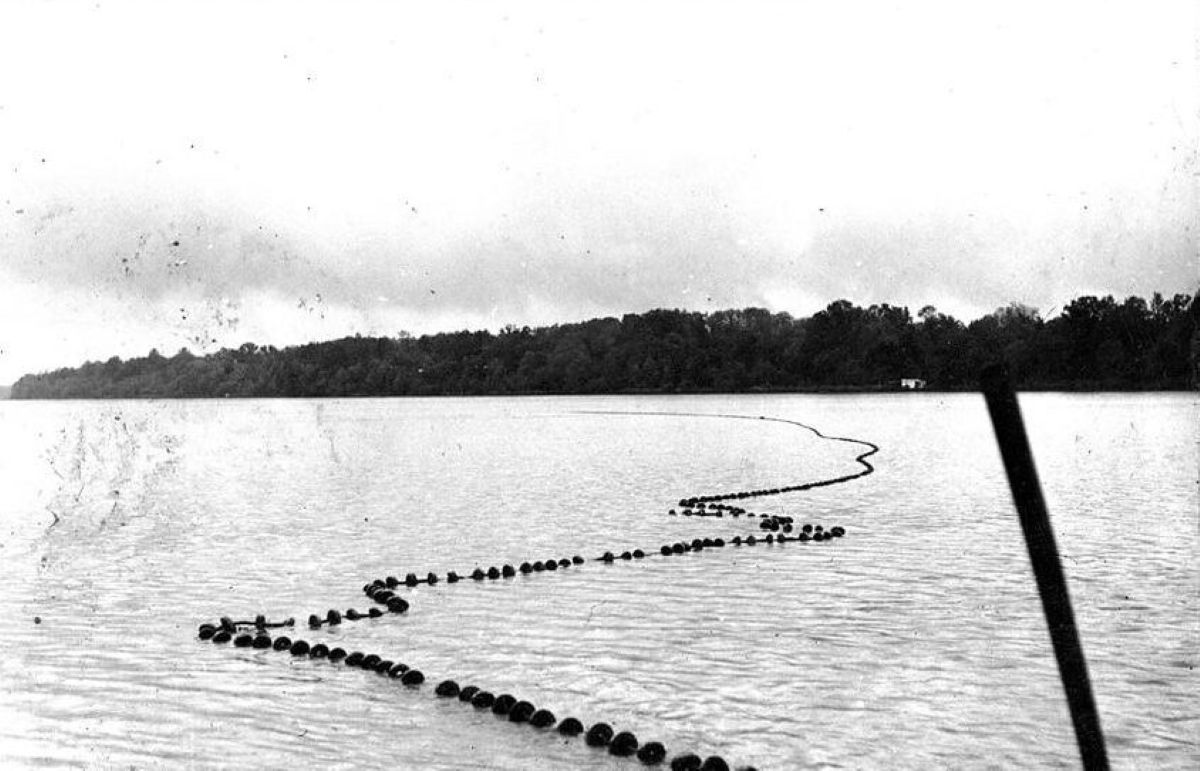
MANTEO — This year marks the 50th anniversary of the Scotch bonnet as North Carolina’s official state shell. For a state with one of the longest coastlines on the Eastern Seaboard, it makes sense that it was the first to have its own shell. Unfortunately, the lovely gastropod — snail, that is — is notoriously difficult to find on most of its beaches, except for the Outer Banks.
Perhaps then it’s no surprise that the bill to make the Scotch bonnet the state shell was introduced in 1965 by an Outer Banker, Rep. Moncie Daniels, who lived in Dare County.
Supporter Spotlight
When Daniels promised a souvenir Scotch bonnet to any legislator who supported his bill, he famously managed to find only two of the shells. After the bill passed in May, a fellow lawmaker saved the day by somehow locating a boxful of the shells to hand out.
As warm-water inhabitants of the Gulf Stream, the Scotch bonnet is usually found on nearby Hatteras and Ocracoke islands, where they’re pushed to the shore by storms.
“I think it’s fairly accurate to say that it is the most sought after shell on the North Carolina beaches,” says John Timmerman, the chairman of the N.C. Shell Club. “It’s a thrill to find one. If you don’t find one shell except a Scotch bonnet, your day is made.”
Timmerman, who works as an exhibit designer at the Cape Fear Museum in Wilmington, says that Scotch bonnets can be abundant from Cape Hatteras to Cape Lookout, but otherwise, the rest of the state coast is pretty much out of luck. Although, he adds, he did find one once at Fort Fisher after a hurricane and another time on a Georgia beach.
The appeal is not just because of the shells’ rarity. With orange and yellow-brown plaid markings – that unfortunately fade – the mollusk actually does look like it’s wearing a little bonnet. Reminiscent of the traditional Scottish cap and plaid tartan, the Scotch bonnet was named in honor of Scottish settlers in North Carolina.
Supporter Spotlight
“They’re tropical animals and their shells are different than any other shell,” Timmerman says. “There’s brilliant shading to them, with bright orange spots. It’s a nice size – two to three inches. You can marvel at it. You can drop it in your pocket.”

The snails that inhabit the shells cannot survive cold weather, but they do just fine in the toasty Gulf Stream off the Outer Banks. As grown-ups with shells, they crawl on the ocean floor, eating sea urchins and sand dollars — after deftly burning a hole in their shells with sulfuric acid. Storms that churn up the offshore waters wash the snails onto the beaches, where lucky barrier island beachcombers have been known to find hundreds scattered amongst the storm detritus.
It was the N.C. Shell Club, established in 1957, that initiated Daniels’ state shell legislation. What’s not exactly clear is how the Scotch bonnet was selected, although there was reportedly some reluctance to designate a shell that hardly anyone in the state could find, hence Daniels’ sweet-talking bribery.
“He was such an ardent supporter of the Outer Banks,” says Daniels’ son, Moncie “Punk” Daniels, a resident of Manteo. “He had such a passion for Dare County and the Outer Banks beaches.”
By 1965, North Carolina already had a state flower (dogwood, 1941), a state bird (cardinal, 1943) and a state tree (longleaf pine, 1963). “And I think that’s what inspired him,” Daniels says. “’Why not get the Outer Banks involved and have a state shell?’”
As to finding one, here’s a bit of advice from author Nancy Rhyne from her book, Carolina Seashells: “Your best bet for finding a Scotch bonnet is to search the sea drift after storms or high winds. Finding a Scotch bonnet with its special beauty moves collectors in a way many other shells do not. Many Scotch bonnets are faded, but when the color is gone, the sculpture lingers on.”
Rhyne admired the shell’s grooves and ridges with its uniform square markings, as well as the glazed inner lip and “thick and finely-notched” outer lip.

Unless it happens to be one of the post-storm jackpots, even Outer Bankers north of Hatteras rarely find Scotch bonnets, and if they do, they‘re often in pieces. Although they range throughout the Caribbean, it’s the proximity to the Gulf Stream that allows the Scotch bonnet to land on North Carolina beaches at all. But it is still a coveted shell beyond the Old North State, including on the Gulf Coast of Florida.
“Actually, here on Sanibel Island, it is a very desirable shell,” says Jose H. Leal, the science director and curator at the Bailey-Matthews Shell Museum in Florida, which is promoted as the only professional shell museum in the country.
The Scotch bonnet is much smaller than Florida’s state shell, the horse conch. Designated in 1969, that orange-colored conch shell can grow up to 24 inches.
Leal, a marine biologist, says that only the junonia, another dashing gastropod, is more sought-after on Sanibel than the bonnet. He agrees that much of the appeal of North Carolina’s state shell lies in its handsome markings and portable size.
“It has that beautiful combination of sculpture and color pattern,” he says. “It is kind of reticulated. It is like it’s finely-etched in both directions.”
And like any other consumer, shellers are not immune to the powerful lure of supply and demand when it comes to the Scotch bonnet.
“It really is not easy to find, Leal says.







